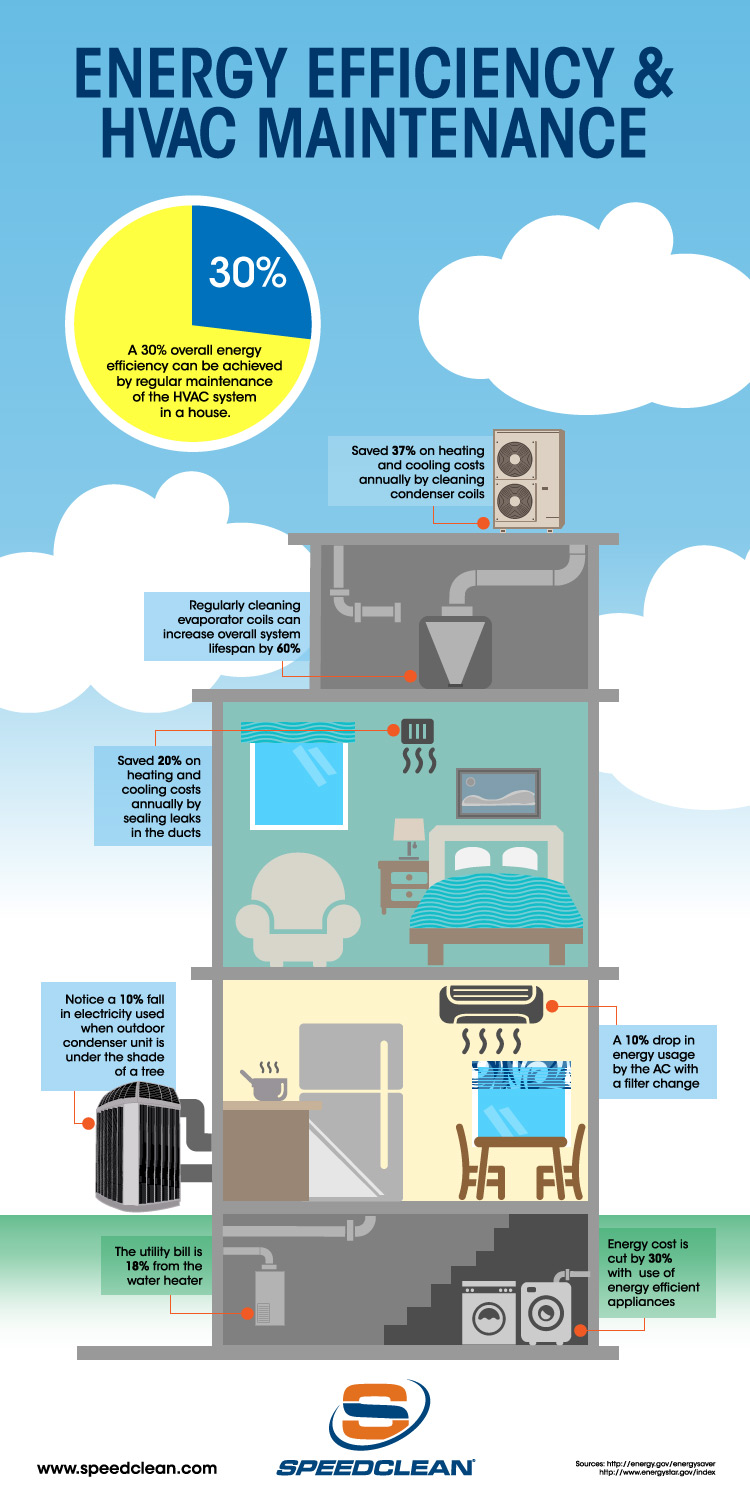A Full Manual For Establishing Your Home For Heatpump Installment
A Full Manual For Establishing Your Home For Heatpump Installment
Blog Article
Authored By-Fuglsang McElroy
Prior to the heatpump installment starts, you need to ensure your home is ready for the process. Clearing the location, assessing the electrical setup, and making certain appropriate air flow are essential actions to take. By adhering to these first prep work, you set the stage for an effective installation. Yet what concerning the finer details that can make a considerable distinction in the effectiveness and long life of your heat pump system? Allow's explore the subtleties that can boost your home's readiness for this crucial upgrade.
Clearing Up the Setup Area
Prior to the heatpump setup can start, it's essential to get rid of the assigned location extensively. Start by getting rid of any kind of particles, mess, or barriers that might impede the setup process. This includes furniture, decors, and any other items that can get in the way. Ensure the pathway to the setup site is clear for the installers to relocate devices and products quickly.
Next, make sure that the area around the assigned installment spot is clean and devoid of any dust, dirt, or various other products that can impact the heat pump's performance. Move or vacuum the location to develop a tidy office for the setup team.
Additionally, take into consideration offering simple accessibility to the setup location by getting rid of a course from the entryway of your home to the installment spot.
Assessing Electrical System
Assessing the electrical system is an important step prior to proceeding with the heatpump installation. Begin by examining if your home's electrical panel can sustain the added lots a heatpump will need. Make certain there suffice offered circuits to suit the heatpump which they fulfill the maker's specs. It is very important to have a dedicated circuit for the heatpump to avoid overloading and prospective threats. If new zealand heat pumps requires upgrading, call a professional electrical contractor to make the essential adjustments.
Inspect the wiring in your home to ensure it depends on code and can manage the needs of the brand-new heat pump. Keep an eye out for any type of torn cables, loosened links, or indicators of wear that may posture a security risk. Verify that the electrical outlets near the installment area are grounded and in good condition. If hvac service near me of issues are discovered, have them resolved promptly by a qualified electrician.
Appropriate analysis and upkeep of your electric system will certainly make sure a secure and reliable heat pump setup process.
Ensuring Proper Ventilation
To ensure a successful heat pump installment, it is essential to focus on correct air flow in your home. Sufficient air flow helps the heat pump run successfully and avoids air top quality issues.
Before installment, check that all vents and air ducts are tidy and unobstructed. Clearing up these areas makes certain that air can move openly, maximizing the efficiency of your new heatpump system.
Additionally, think about the placement of the heatpump device itself. It ought to have enough room around it to allow for correct airflow. Appropriate air flow not only boosts the heatpump's efficiency but also helps keep a healthy and balanced indoor atmosphere.
If required, speak with an expert to examine your home's ventilation requirements and make any type of required adjustments. By guaranteeing appropriate air flow, you're establishing the stage for a seamless heatpump setup process and optimum efficiency of your new system.
Conclusion
Now that you have actually removed the setup location, assessed the electrical system, and ensured appropriate ventilation, your home is ready for a smooth heat pump setup. By taking these steps, you have set the stage for a reliable and effective procedure. Delight in the benefits of a brand-new heatpump system in your house, knowing that you have prepared your space for optimal efficiency.
